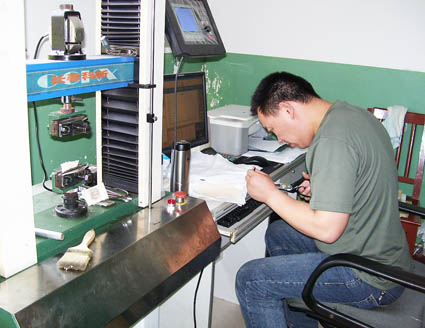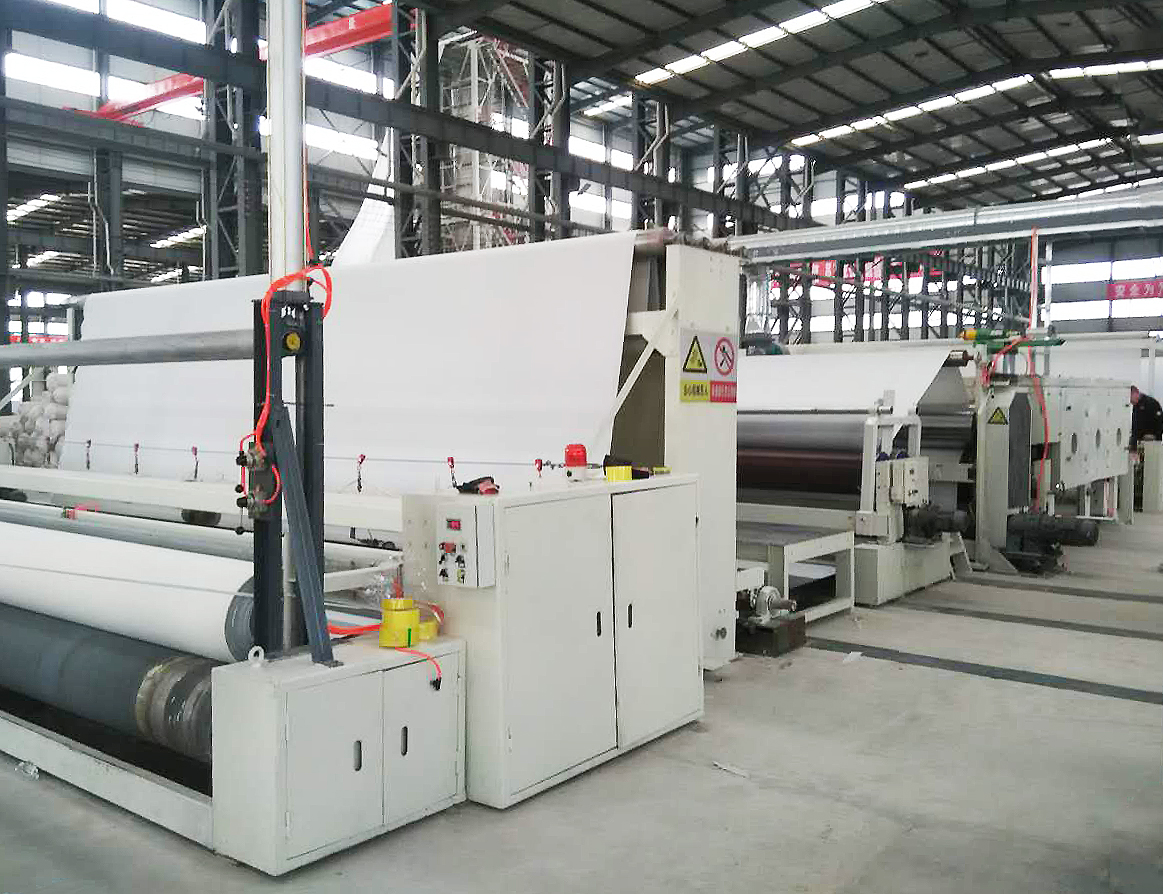What are Geotextile fabrics?
Geotextiles are filter fabrics, generally manufactured from polypropylene and less commonly from polyester, polyethylene and polyamide. Geotextiles are often used in several different applications such as unpaved roads, railroad ballast and various erosion control situations. The main functions of geotextiles in these applications are separation, reinforcement and drainage. Geotextile fabrics can be manufactured in three distinct ways: woven geotextiles (needle punched), non- woven geotextiles, or heat bonded geotextiles (structural woven).
Geotextiles provide reinforcement, drainage and filtration of construction materials in a variety of infrastructure projects such as rail, building and mining developments. A suitably selected Geotextile fabric can be a great replacement of traditional granular filter and drainage layers. Many fiber types and fabric styles have been developed both for specific applications and general use. Geotextiles are environmentally friendly and can provide excellent cost savings at a project level.
Our Geotextile fabrics are a versatile product and are easy to install. We develop Geotextiles that are quality-control manufactured and can generally replace raw materials resources. One of the many advantages of using geotextiles is that they can replace challenging designs using soil or other construction materials

Polyester nonwoven geotextile production line
Our Range of Geotextile Fabrics
Geosynthetics Australia geotextile products have been developed over many years of conducting R&D. We have partnered with the University of Sydney and Melbourne University in developing and researching cutting edge geotextiles. The polymers used in our manufacturing are developed from various polymeric materials offering excellent durability and performance for your infrastructure projects or any other suitable applications. When using our geotextiles you can be safe in the knowledge that you are receiving a geotextile fabric of the highest quality that will more than meet the objectives of your project.
At Geosynthetics Australia we are constantly undertaking R&D and attending workshops on the latest developments within the geotextile industry and we are a member of the International Geosynthetic society. Our geotextiles are supplied with adherence to strict international standards and testing and we undertake comprehensive in-house laboratory testing of all of our geotextile products. We are also able to custom develop geotextiles in collaboration for your specific requirements.
Geotextiles products we supply
Our geotextiles are manufactured according to ISO 9001 quality standards necessary to meet the strict mechanical and hydraulic requirements needed to solve geotechnical and hydraulic engineering challenges. Each geotextile fabric is tested and certified by the factory’s modern geotextile testing laboratory and independent laboratories.

Strength testing nonwoven geotexiles

Nonwoven geotextile production line
Geotextile Applications
1. Separation:
Our geotextiles are great at separating and preventing dissimilar materials from mixing together, thereby improving the life of roads whether they are unpaved or paved. Our geotextiles can save money because they reduce the amount of aggregate required during construction.
2. Drainage:
Geotextiles are excellent in draining surplus water from structures or the soil and discharging it.
3. Filtration:
Our Geotextile fabrics provide efficient filtering of subsurface drainage water due to the hydraulic and soil retention properties of our fabrics.
4. Protection:
Our geotextiles are great at protecting critical lining systems from abrasion and damage caused by indentation from stony soils under high static loads.
5. Reinforcement:
Our high tensile strength geotextiles provide superior reinforcing of earth structures. Furthermore, the geotextile strength of the filament can be customised to suit a project application.












